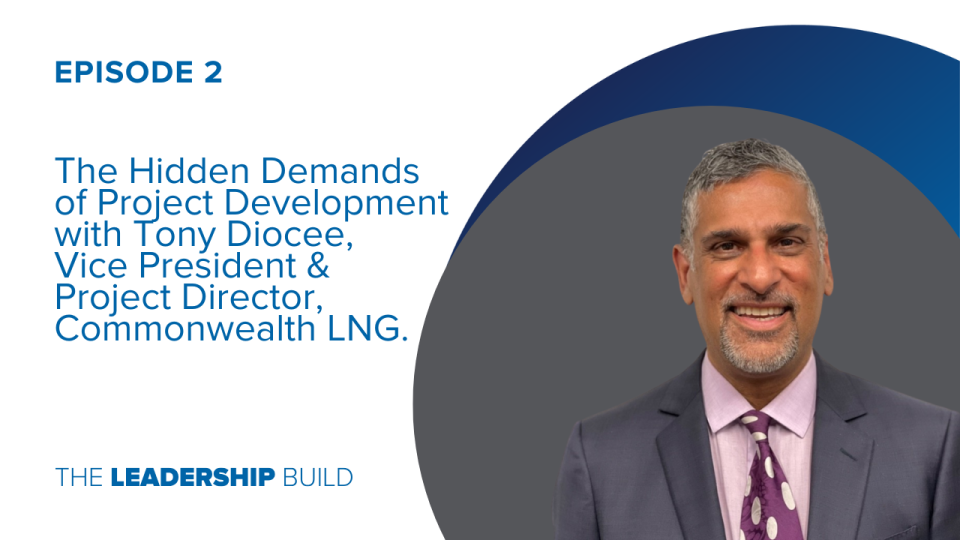Capital Projects
Energy & Natural Resources


Capital Projects
Energy & Natural Resources

Organizational Performance

Capital Projects
Engineering & Construction

Organizational Performance
Energy & Natural Resources

Capital Projects
Energy & Natural Resources

Alliances
Infrastructure & Transportation

Organizational Performance
Energy & Natural Resources

Capital Projects
Energy & Natural Resources

Capital Projects
Energy & Natural Resources
Engineering & Construction

Capital Projects
Energy & Natural Resources
Engineering & Construction

Capital Projects
Energy & Natural Resources

Capital Projects
Energy & Natural Resources

Organizational Performance
Financial Services

Capital Projects
Engineering & Construction
Energy & Natural Resources

Organizational Performance
Energy & Natural Resources

Capital Projects
Energy & Natural Resources

Alliances
Energy & Natural Resources

Alliances
Energy & Natural Resources

Capital Projects
Energy & Natural Resources

Capital Projects
Energy & Natural Resources

Alliances
Energy & Natural Resources

Capital Projects
Energy & Natural Resources

Capital Projects
Telecommunications & Media

Alliances
Infrastructure & Transportation

Capital Projects
Energy & Natural Resources

Organizational Performance

Organizational Performance
Industrial & Manufacturing

Capital Projects
Infrastructure & Transportation

Capital Projects
Energy & Natural Resources

Organizational Performance
Infrastructure & Transportation

Alliances
Infrastructure & Transportation

Organizational Performance
Energy & Natural Resources

Capital Projects
Engineering & Construction

Capital Projects
Energy & Natural Resources
Engineering & Construction

Organizational Performance
Energy & Natural Resources

Organizational Performance

Capital Projects

Organizational Performance

Organizational Performance

Organizational Performance
Each month, get practical guidance, real-world breakthroughs, and a front-row seat to what’s working (or not) in high-stakes execution.
Subscribe